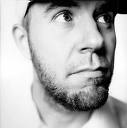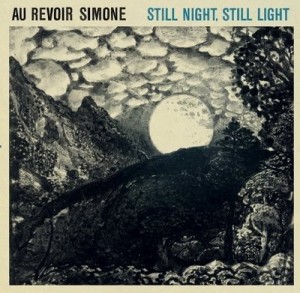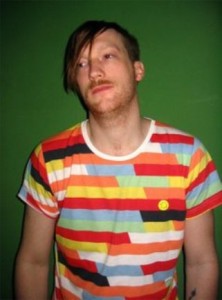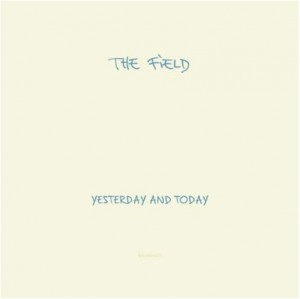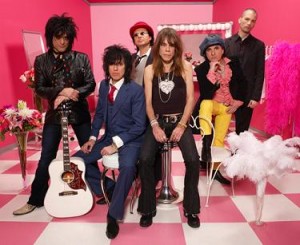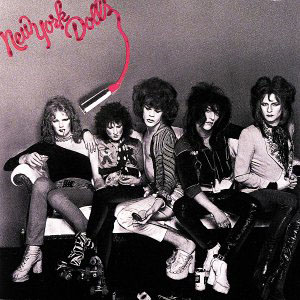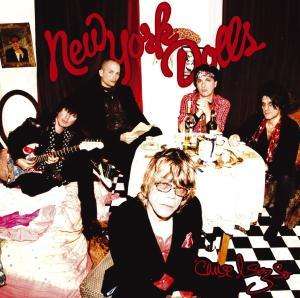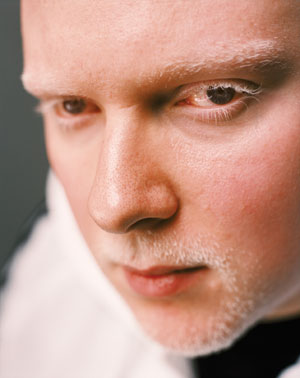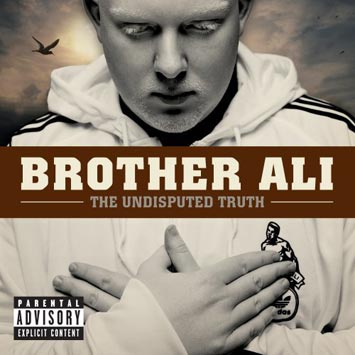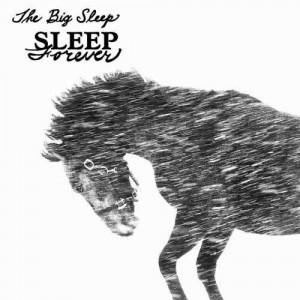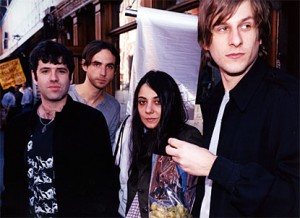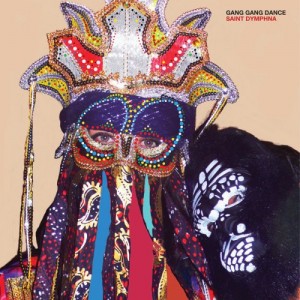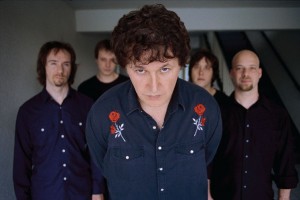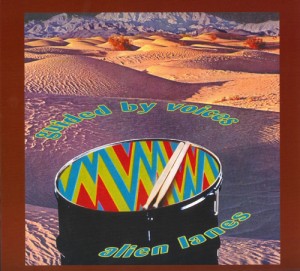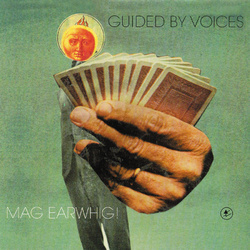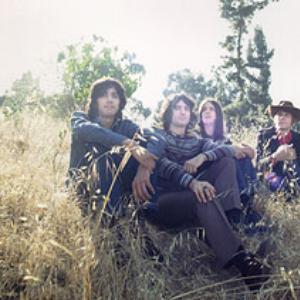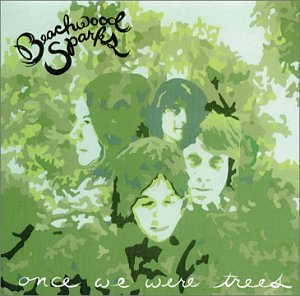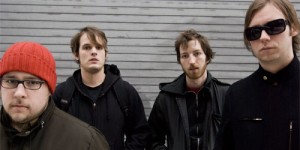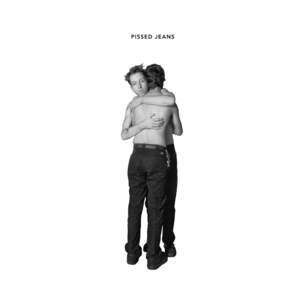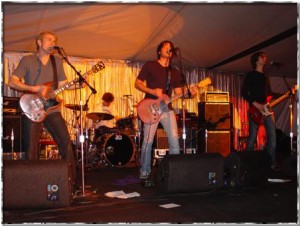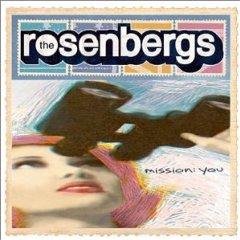 Branching out beyond reflective folk-based singer-songwriter to artful Jazz-affected rhapsodist, multi-talented acoustic guitarist-pianist Joe Henry’s a roving chameleon who has become entrusted producer for several veteran singers. Fact is, the unrivaled Los Angeles transplant refined and redefined his widening artistic profile over the course of a dozen evolving albums while commendably reintroducing respectful aged-in-the-wool vocalists who’d been unfairly neglected in recent years.
Branching out beyond reflective folk-based singer-songwriter to artful Jazz-affected rhapsodist, multi-talented acoustic guitarist-pianist Joe Henry’s a roving chameleon who has become entrusted producer for several veteran singers. Fact is, the unrivaled Los Angeles transplant refined and redefined his widening artistic profile over the course of a dozen evolving albums while commendably reintroducing respectful aged-in-the-wool vocalists who’d been unfairly neglected in recent years.
 Following three formative, conventional folk-leaning albums, the affable Henry attained a higher profile when alt-Country architects, the Jayhawks, offered backup for ’92 breakout, Short Man’s Room, and ’93s even better Kindness Of The World. Jazz titans Ornette Coleman and Don Cherry, who’ve ‘blown’ on a few solo sessions, left quite an indelible mark on Henry, as subsequent sets (‘99s Fuse, ‘01s Scar, and ‘03s Tiny Voices) delve into the type of eloquent Jazz he’d soon fully explore.
Following three formative, conventional folk-leaning albums, the affable Henry attained a higher profile when alt-Country architects, the Jayhawks, offered backup for ’92 breakout, Short Man’s Room, and ’93s even better Kindness Of The World. Jazz titans Ornette Coleman and Don Cherry, who’ve ‘blown’ on a few solo sessions, left quite an indelible mark on Henry, as subsequent sets (‘99s Fuse, ‘01s Scar, and ‘03s Tiny Voices) delve into the type of eloquent Jazz he’d soon fully explore.
By ‘07s Civilians, Henry became a raspier crooner whose intimate  interpretive abilities, evocative character sketches, cautionary intimations, and shadowy candlelit sonatas sharpened his investigative poetic conviction. Seeking restitution along the trail to contentment, he acquired an unconfirmed taste for Leon Russell’s maudlin heart-on-the-sleeve drawl, sometimes adapting Bob Dylan’s crusty sonorous croak as a reliable tactical device utilized best on grievous battle-scarred requiems. Beat-thickened dirge-y lament, “Time Is A Lion,” handily articulates mortal’s hard luck survival. Dour rumination, “Our Song,” decries America’s Yellow Alert state through a Willie Mays encounter at Home Depot and may be Henry’s most powerful political tune.
interpretive abilities, evocative character sketches, cautionary intimations, and shadowy candlelit sonatas sharpened his investigative poetic conviction. Seeking restitution along the trail to contentment, he acquired an unconfirmed taste for Leon Russell’s maudlin heart-on-the-sleeve drawl, sometimes adapting Bob Dylan’s crusty sonorous croak as a reliable tactical device utilized best on grievous battle-scarred requiems. Beat-thickened dirge-y lament, “Time Is A Lion,” handily articulates mortal’s hard luck survival. Dour rumination, “Our Song,” decries America’s Yellow Alert state through a Willie Mays encounter at Home Depot and may be Henry’s most powerful political tune.
Cut from the same cloth, ‘09s valiant Blood From Stars features what Henry called “oddly translated Country-Blues” reanimating long-gone traditionalists Willie Mc Tell, Robert Johnson, and the Carter Family. August studio ace, Marc Ribot, a studied flamenco guitarist, once again adds poignant textural nuances to Henry’s romantic orchestral meditations.
Introspective down-and-out cocktail lounge threnody, “The Man I Keep Hid,” sets the somber tone, creating a slumbering moodscape anchored by a slowly evolving New Orleans piano arrangement interweaving fat Louis Armstrong trumpet through sullen sax and sweet clarinet. Withered and weary broke-down Blues forecast, “Death To The Storm,” continues the funereal march as Ribot’s clipped 6-string lines hang in the dense post-midnight air. Even more harrowing (and elementarily similar in stylistic approach), grievous anecdotal portrayal, “Bellwether,” refuses to surrender even as the end draws near.
Drawing from many musical wells, Henry’s sad-eyed slow-grooved acoustical wanderings retain a liberating thoughtfulness aimed straight at the heartland. His rich legacy, not yet fulfilled, may include future film scoring.
Are many of your song ideas based on fictional characters?
JOE HENRY: There’s all kinds of life experiences happening around us. You don’t have to reference your own particular narrative. To a degree, like Woody Guthrie famously claimed, ‘All you could write is what you know or see.’ But I don’t think he meant you could only write about your own life experiences. Instead, you could only write about what you’ve invested yourself in to feel empathy or sympathy for. It doesn’t have to be your own story to give legitimacy to the point of view. As humans, no matter how diverse we are, we all grapple with the same problems and expectations. It doesn’t have to be a downer to address these things. But those are common threads snaking through everything we do. How do you live vibrantly when you know there’s gonna be an end upon death.
That’s because I can’t play fast. It’s true. I write a lot of the piano, but I don’t know enough to play briskly. In truth, the songs people go back to historically are the melancholy ones. “One For My Baby” will outlive “Good Day Sunshine.” It’s very human to spend very little time celebrating our successes and more worrying over the tiniest things gone astray. From an artistic standpoint, I’d be first to admit I’m not depressed. It’d be disingenuous to claim my life’s a struggle compared to anyone else. I’ve been surprisingly successful and have a wonderful family I’m deeply devoted to. But what struggle reveals in humanity is interesting as an artist.
At the beginning, you’re emulating whoever’s a mentor. The longer you do it, for better or worse, you develop your own vocabulary. I have a funny accent I’ve been told. I was born in the South, came of age in the Midwest, lived in New York and now Los Angeles. That’s corrupted my original speech pattern. I’m helpless to be conscious of it any longer. As a writer you get visited upon by any number of influences. You could initially keep track of how one has changed the color of another. At a certain point, it’s impossible to see that within a perspective. I find myself frequently inspired by art that has nothing to do with what I do for a living. I don’t reference other songs while I’m at the crossroads working on a piece in the studio. It doesn’t offer a new vantage point. But I may very well be revitalized and rejuvenated in a moment of artistic crisis by seeing a great movie or painting or read a great short story.
It came to me over the course of the work. I’m loath to attach meaning. I had an intrinsic response to it the same way I did to the photo cover or an image or line in a song. If I muse on it, it may refer to our desire to imagine some ethereal distant future and trying to embody it. People have short lives to make sense out of existence looking to the heavens. We try to make something real or concrete out of the imagined.
All my records are thematically connected within themselves. My desire’s to make a record that operates as a whole just like a movie instead of a collection of disparate, unrelated scenes. There’s definitely an overall environment that runs through. I’m past the point of touching every base on a record. I’m providing what the story needs, not a comprehensive evening’s worth of entertainment. If you need something upbeat or downtrodden, put something else on. I don’t worry about creating the right peaks and valleys. I want to form an arc.
Most of the musicians I’ve worked with frequently. There’s an unspoken bit of communication. To a large extent, I’ve dictated a tremendous amount of policy to the overall sonic atmosphere by inviting those people to a room. Everyone involved with the exception of pianist Jason Moran knew exactly what I was after. They know what excites me about the process. I’d never show up at the studio with something, in my estimation, that wasn’t fully realized. But I take tremendous delight putting my songs in front of people to see where they could go. I have no interest in having a preconceived notion of what’s sonically possible. Nothing makes me happier than when a song – within a few takes – identifies itself as being whole other than I’d imagined it. It makes me think the song had enough character to dictate its own policy. Then, I’m quite enthralled. I’m always encouraged by improvisation and generous creativity within the song structure. That’s your greatest resource as a record maker. I could go back to the demos if I get stuck, but why would I limit Marc Ribot? I want to hear what his contribution might be. I wanna hear Jay Belrose illuminate a song.
It’s about finding a way in. I don’t make fleshed out demos that suggest what the ensemble should sound like. I make the most basic demo just so I’ll remember the song. I don’t write music. Musicians know the basic song shape, words, and how many verses there may be. I’d much rather discover, mutually, in real time, what we sound like and where the songs may go as an ensemble. I love bringing in creative musicians and getting a take as early into the discovery process as possible. There are many loose threads hanging and nobody’s doing anything by rote. Everyone’s listening intently to each other. The only song we might have changed for awhile was “Channel.” I’d just written it days before the session. I wrote it on the airplane coming back from New York. There’s a certain simplicity to it as a piece of writing. There’s a guitar figure that drones through it and a certain rock tonality to the chord changes that’s different from many of the other songs which might be more Tin Pan Alley in structure. The trick was to find a way to play that still sounded a little unhinged or floating off the ground. I’ve never been interested in playing a rock song like a rocker. I’ve never referred to myself as a rock musician. Even though I was referencing a rock tonality the same way I reference a Jazz tonality but would never pretend to hold myself up as a Jazz musician. There’s certain strengths in those musical vocabularies. I tried to make “Channel” as dream-like as the other material – true to itself but authentic to the whole piece. It got strange and unmannered – past the point of anything easily readable. It was very abstract, loud, and messy before landing in a way that maintained the simplicity of the writing but was appropriately unhinged and had enough weather in the room.
That’s a song we didn’t discuss at all. I played a demo of it on guitar with everyone standing around. It felt more like Reverend Gary Davis Country-Blues the way I knew how to articulate the guitar changes. I didn’t want it to be driven by guitar though. Everyone went to their places and that was a first take. No conversation except when I said when it gets to the break, whatever has happened before it, it should sound like Fellini’s “Satyricon.” Then we just played the song. The engineer was still moving microphones in the drum room and you could completely hear the door slam. There was no point to go beyond that. We played it once more for fun. But it was appropriately widescreen from the beginning.
I have not been able to do so. He’s one of the people who said no to me. I don’t hold it against the good Doctor though for being unresponsive. He makes great sounding records.
Every scenario’s different whether finding myself in a studio with Solomon Burke or Bettye Lavette. I’ve done four full projects and a couple straggling things with Allen Toussaint. That’s a life-changing relationship that continues. Historically, he’s a producer’s producer. It’s humbling to continually work in his services as a producer. Even in the simplest conversations I come away with something even if it’s intangible. He’s unique and remarkable. I first met Ramblin’ Jack Elliott in ’87 and crossed paths on tour in Italy. I happened upon him unexpectedly when I was working on the soundtrack to Tom Hanks film I’m Not There while working with several other artists – John Doe, Richie Havens. I asked the director if I could do something with Jack Elliott. He has a longer history with Bob Dylan professionally than anybody. Bob began by emulating Jack’s interpretation of Woody Guthrie. So I brought Jack into my home studio to do a track. in the course of the day I compacted the idea of what it would be like to do a full record with Jack – what concept we’d need to lead us to the right songs that he hadn’t done before but would be authentic to him – not to rehash anything.
-John Fortunato
